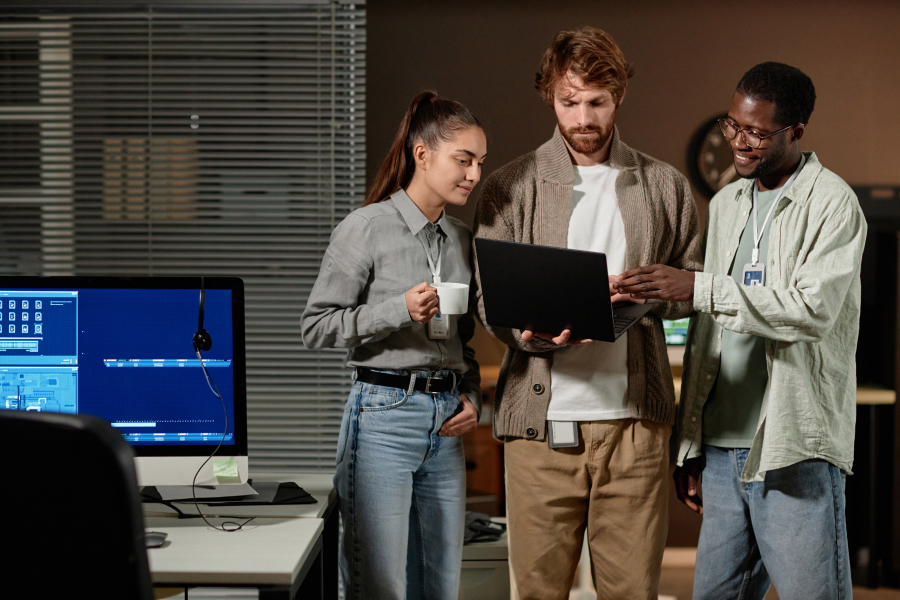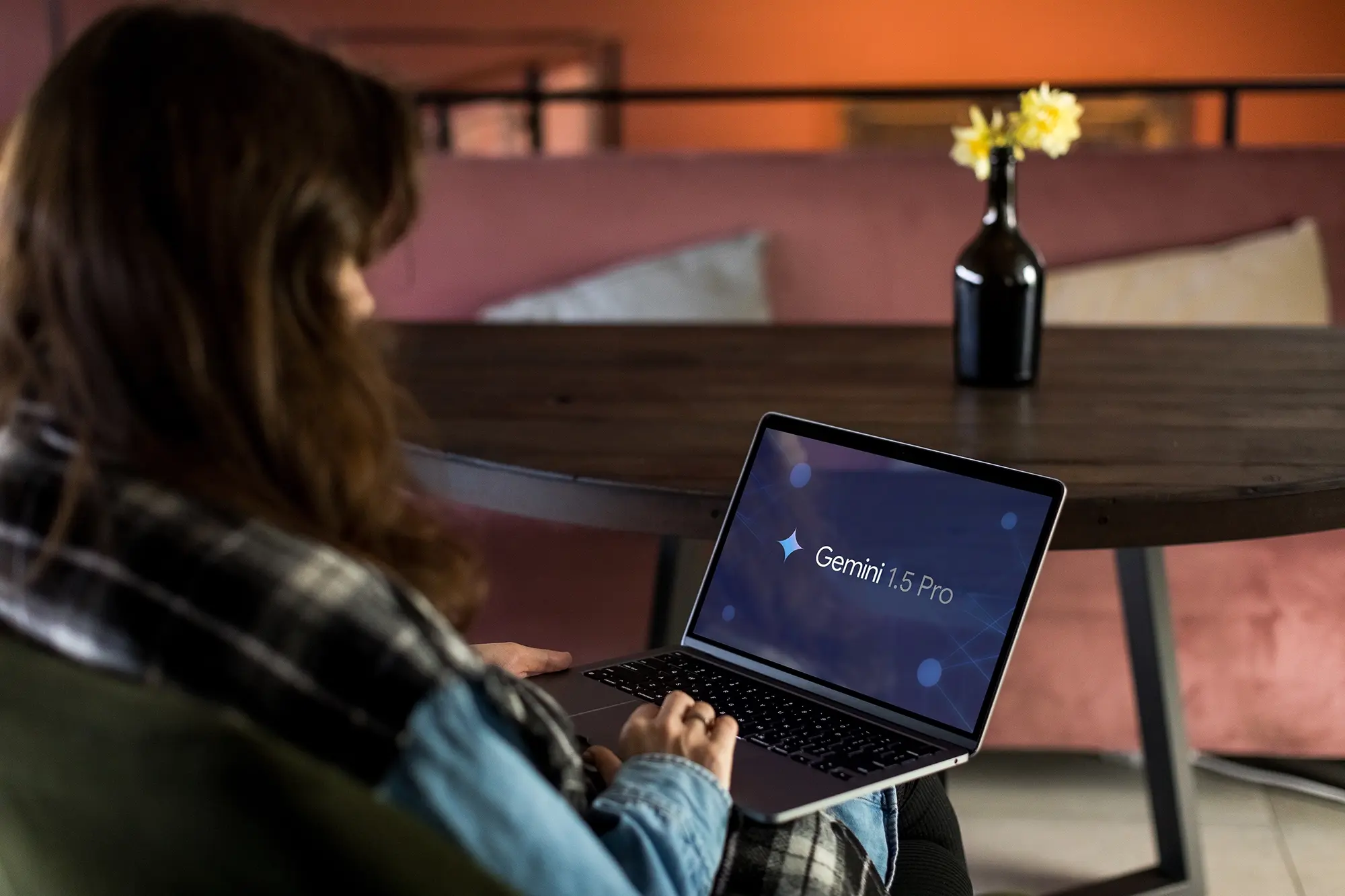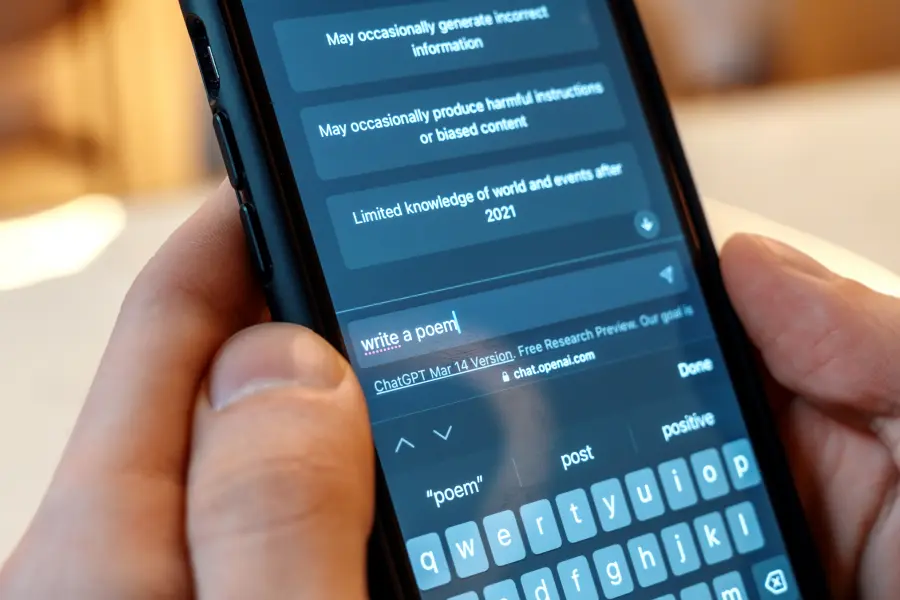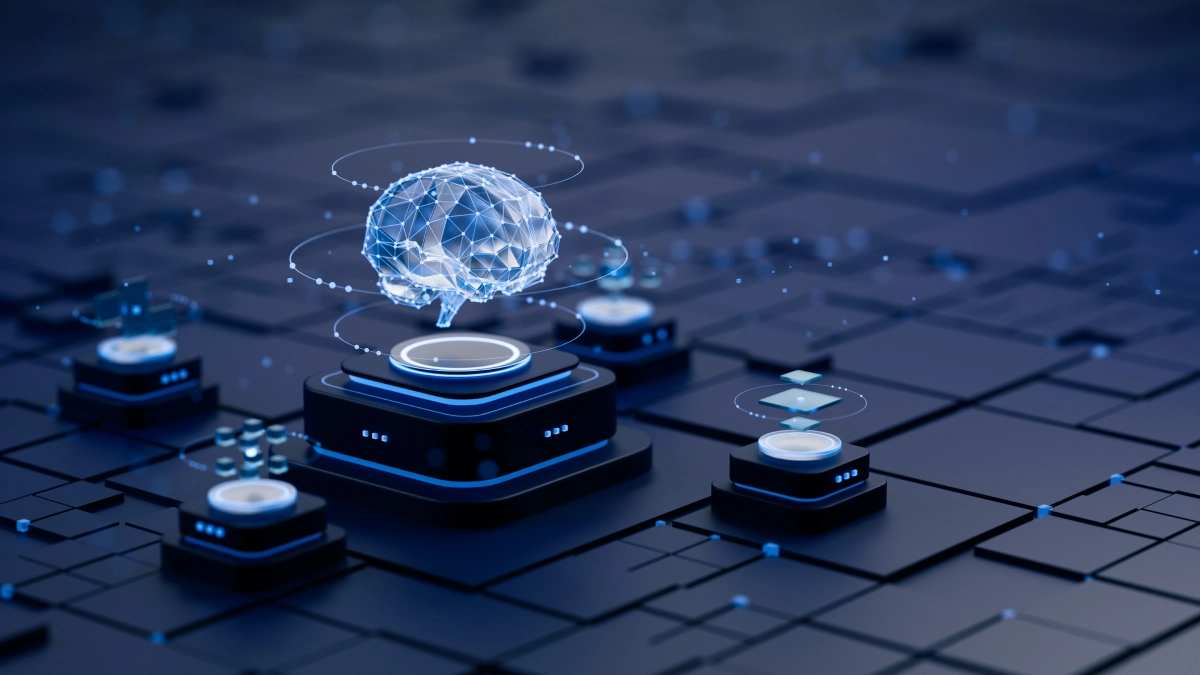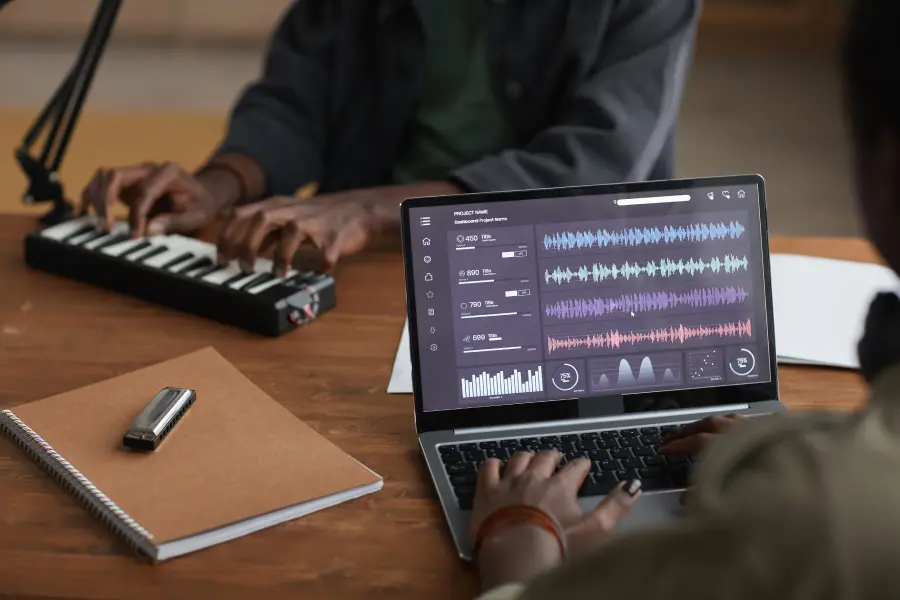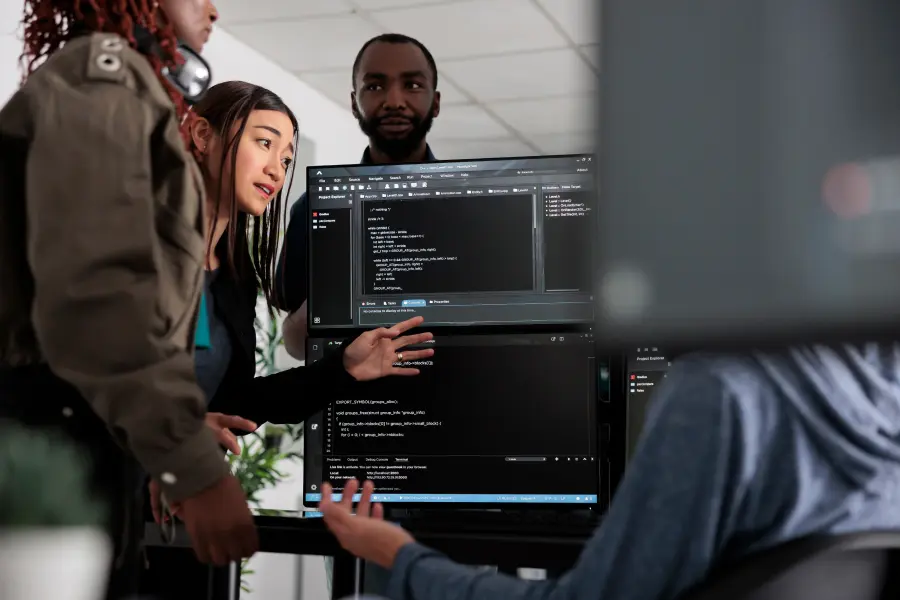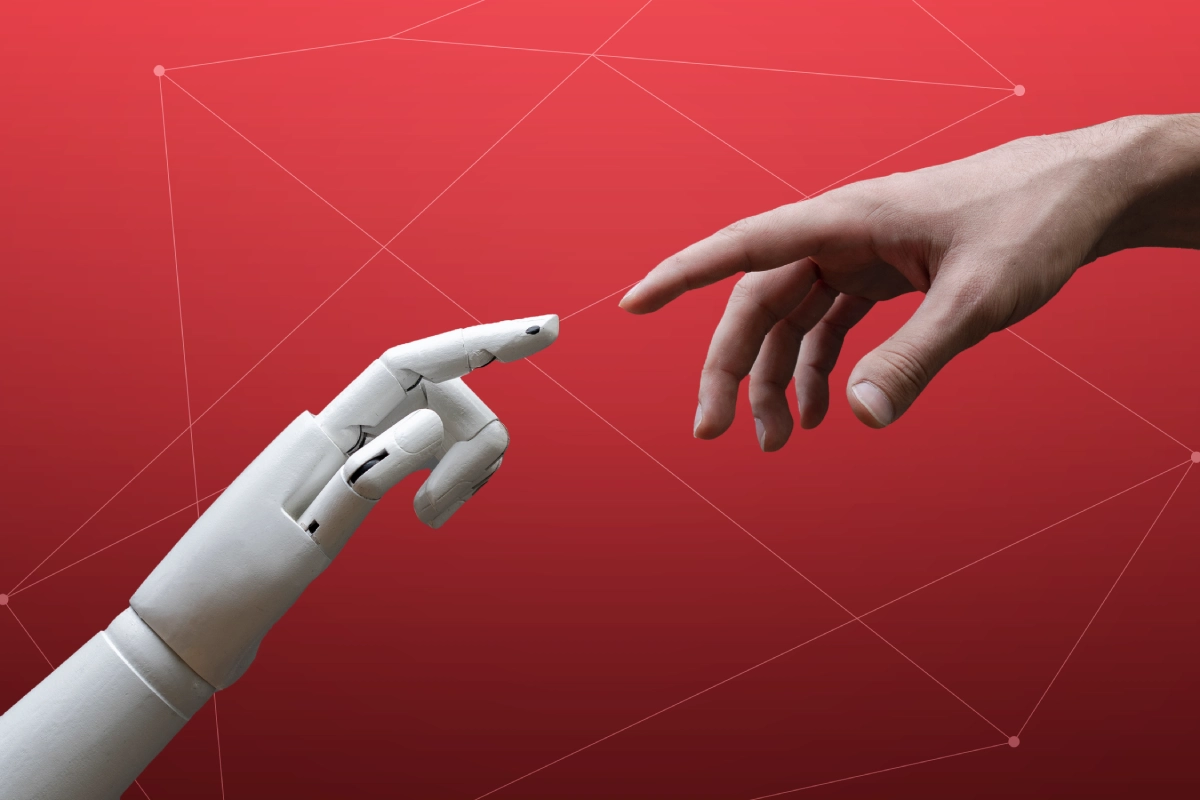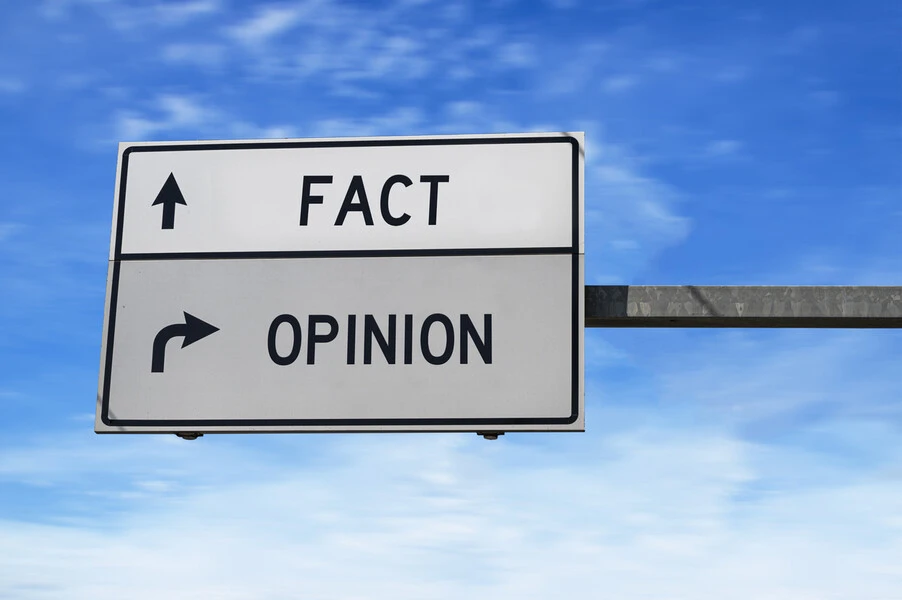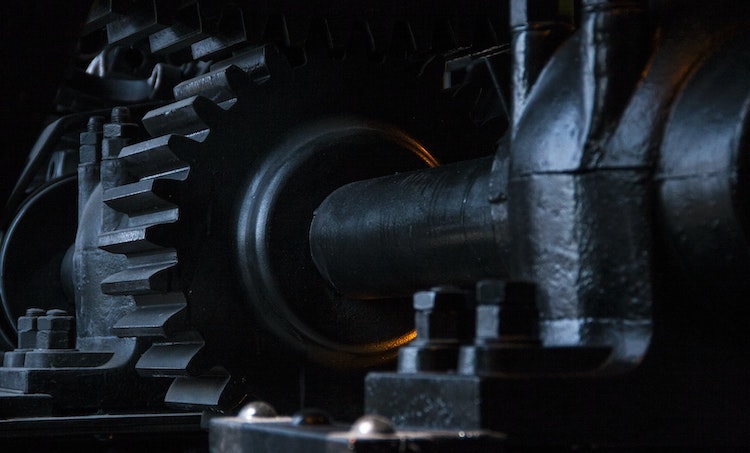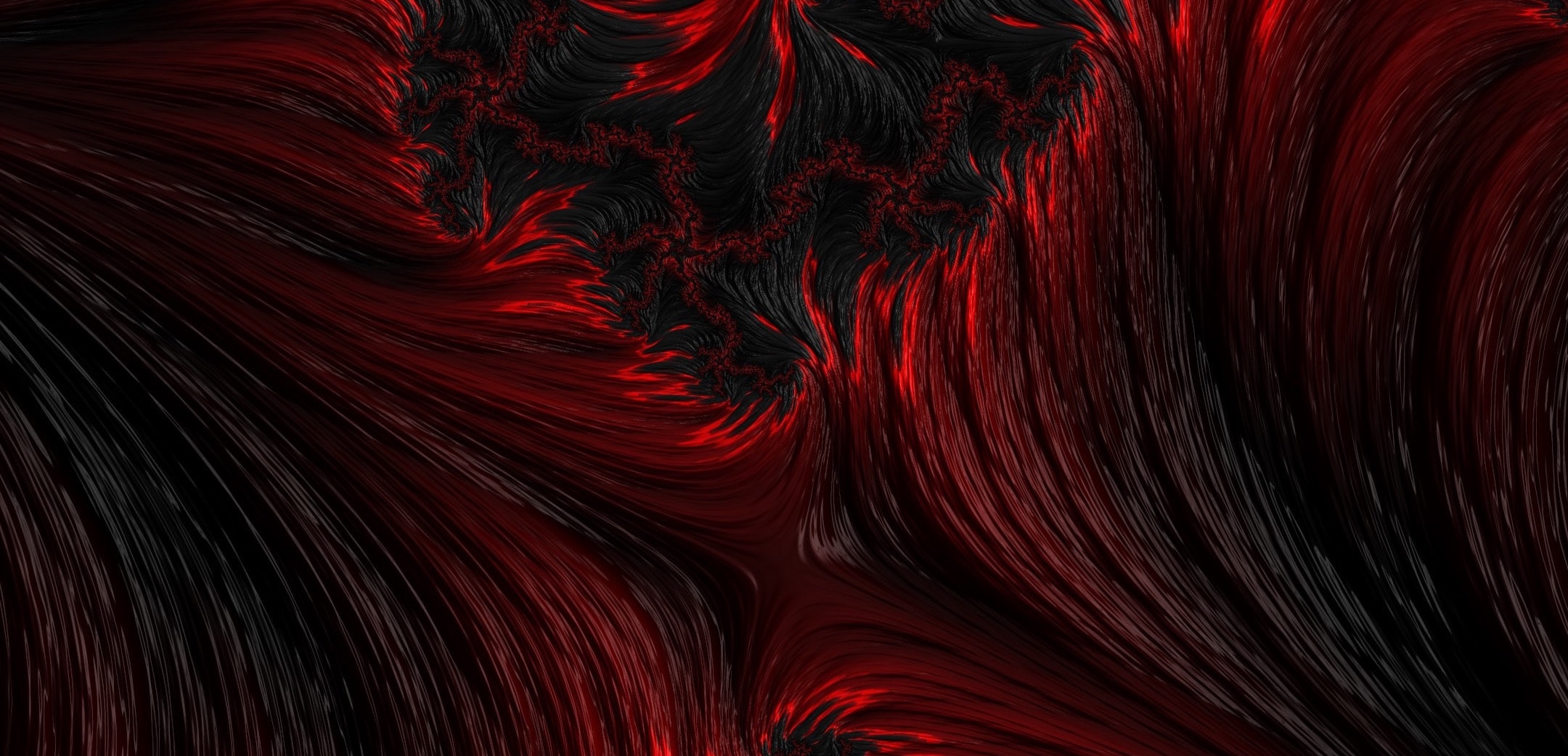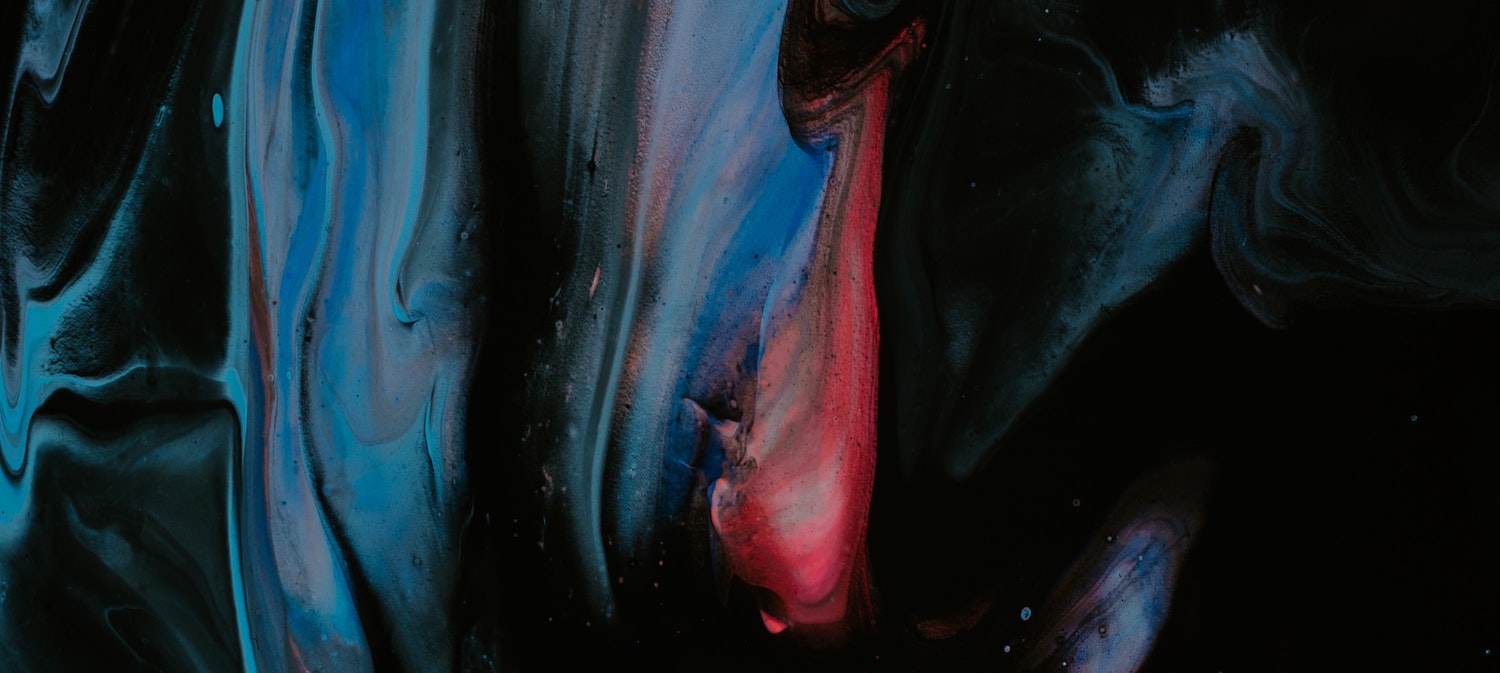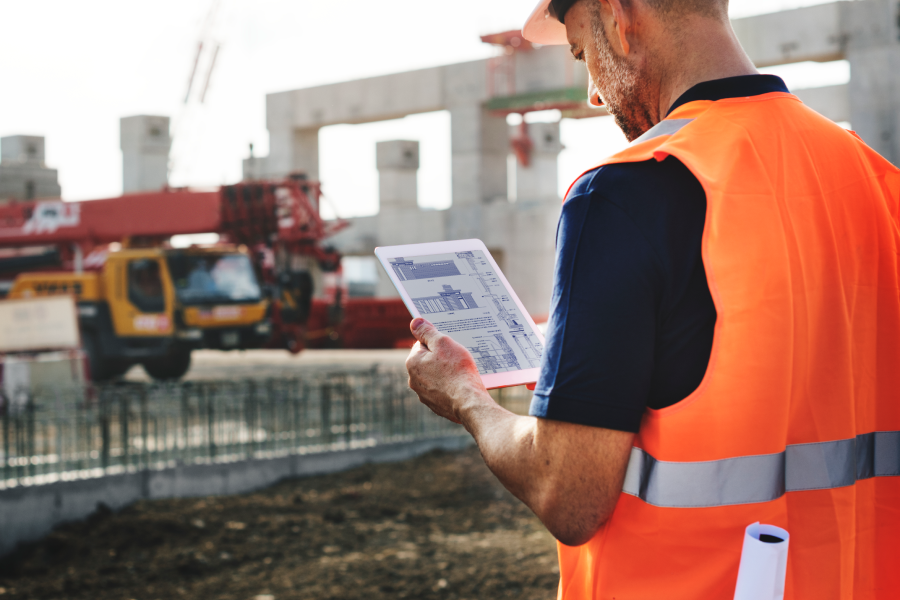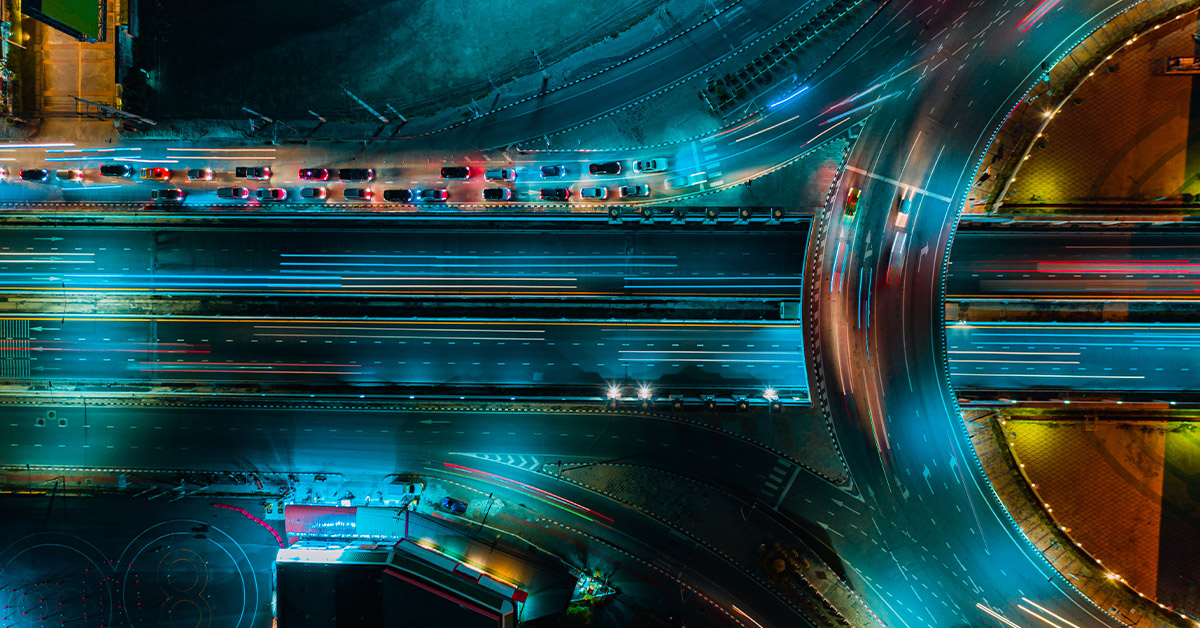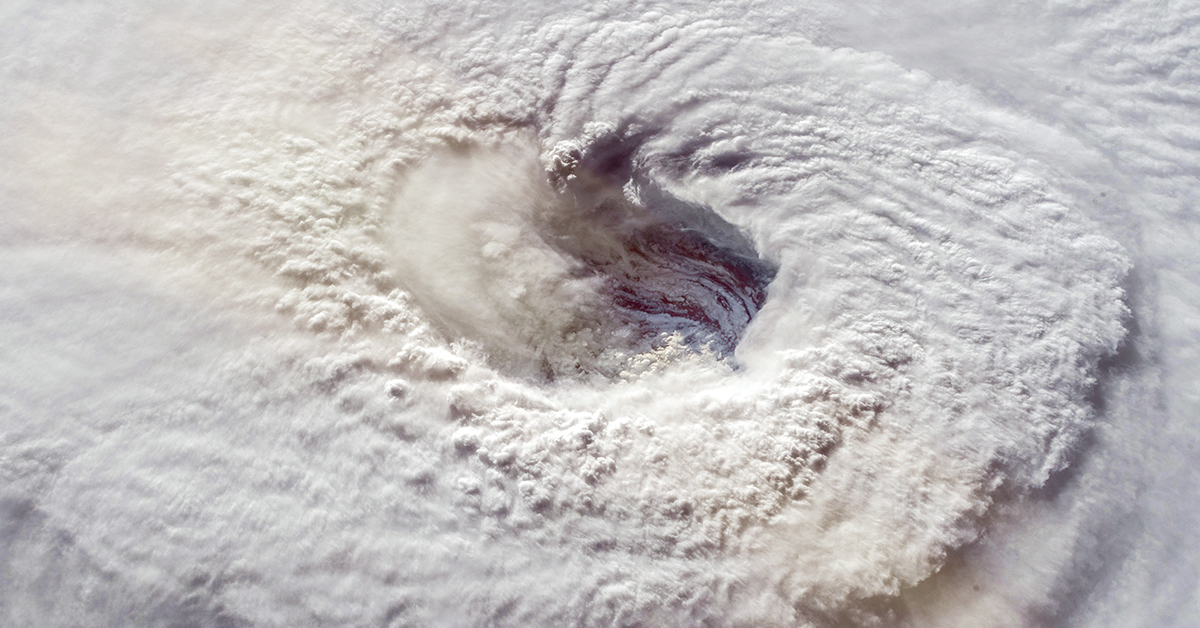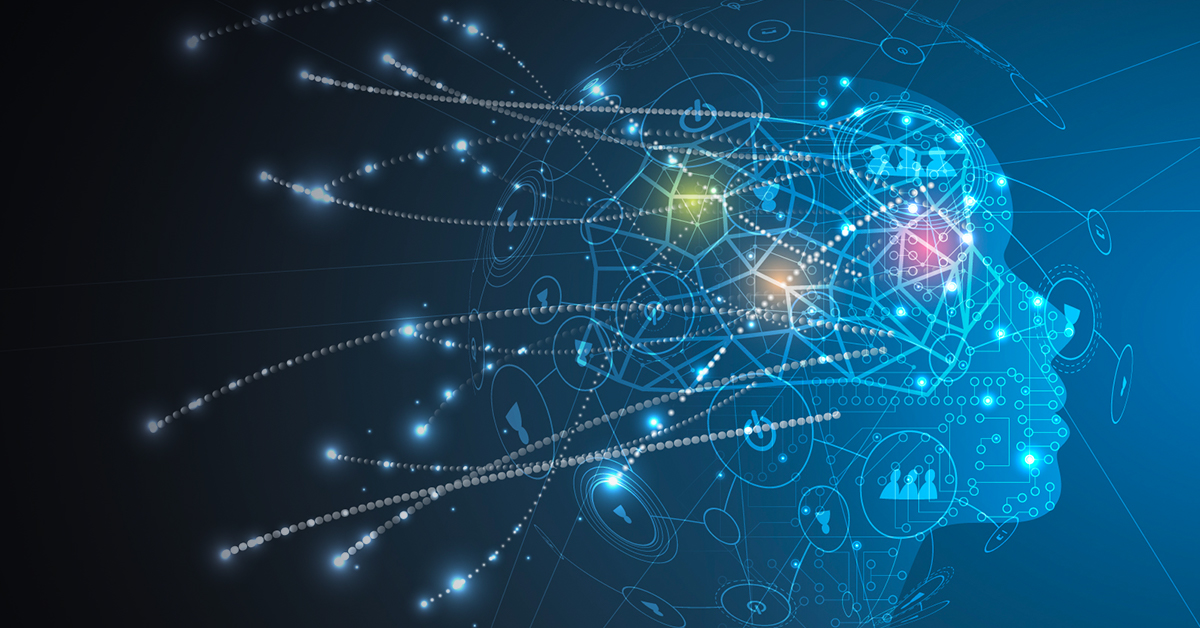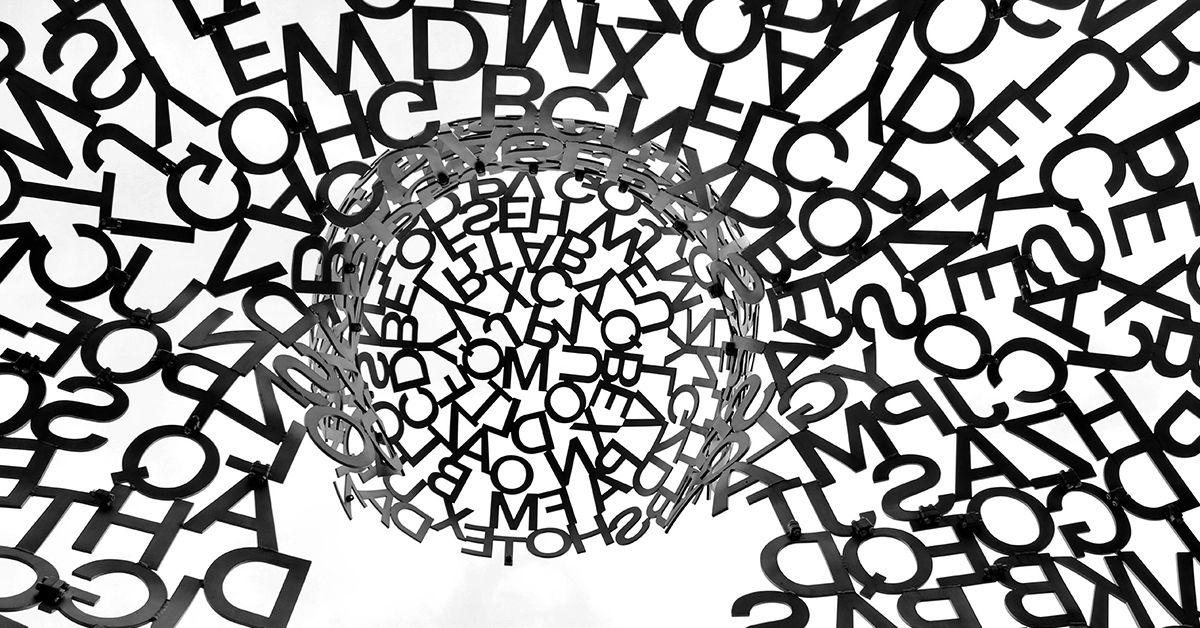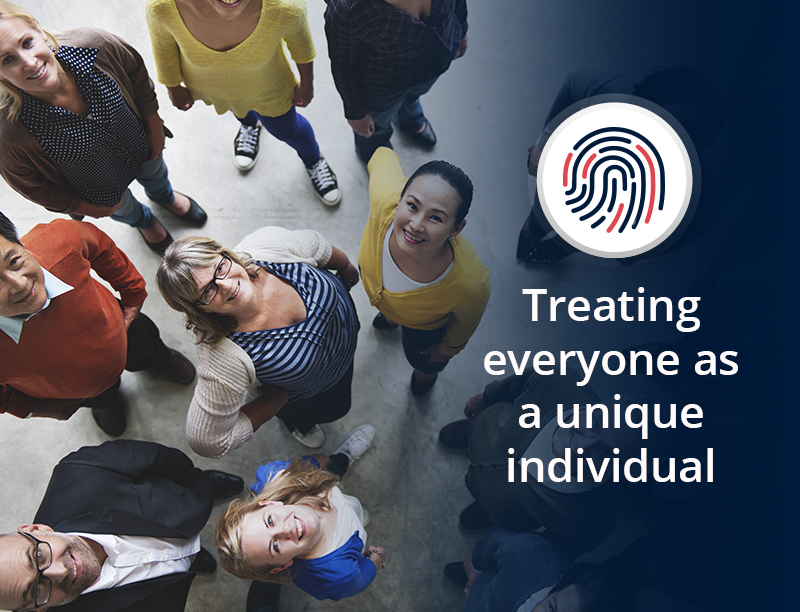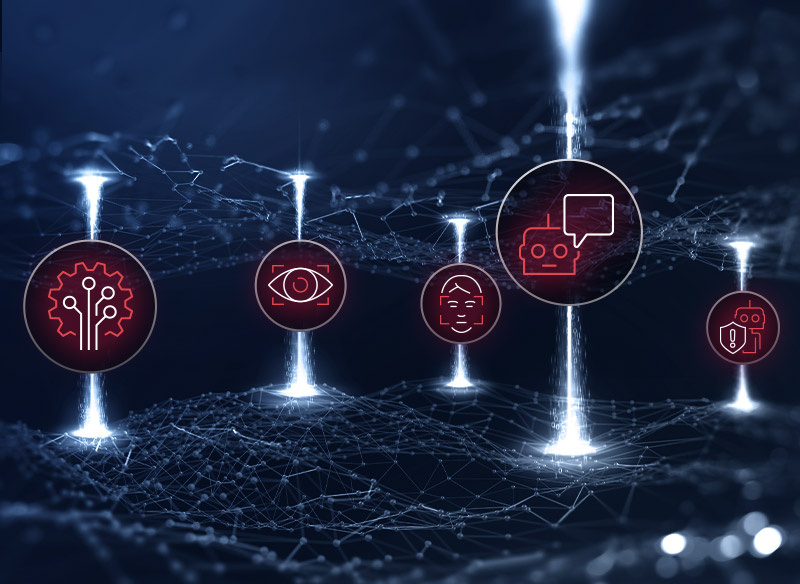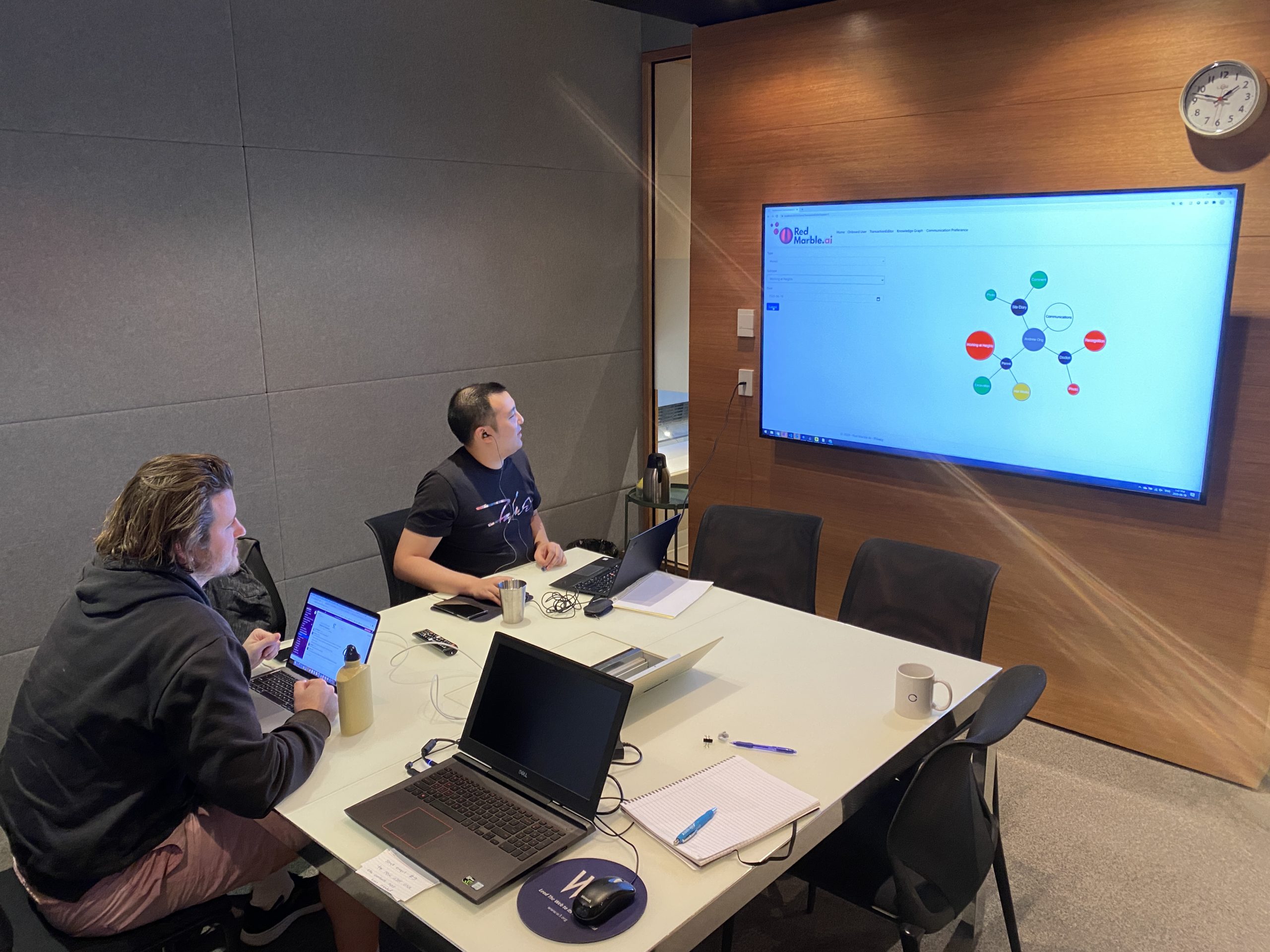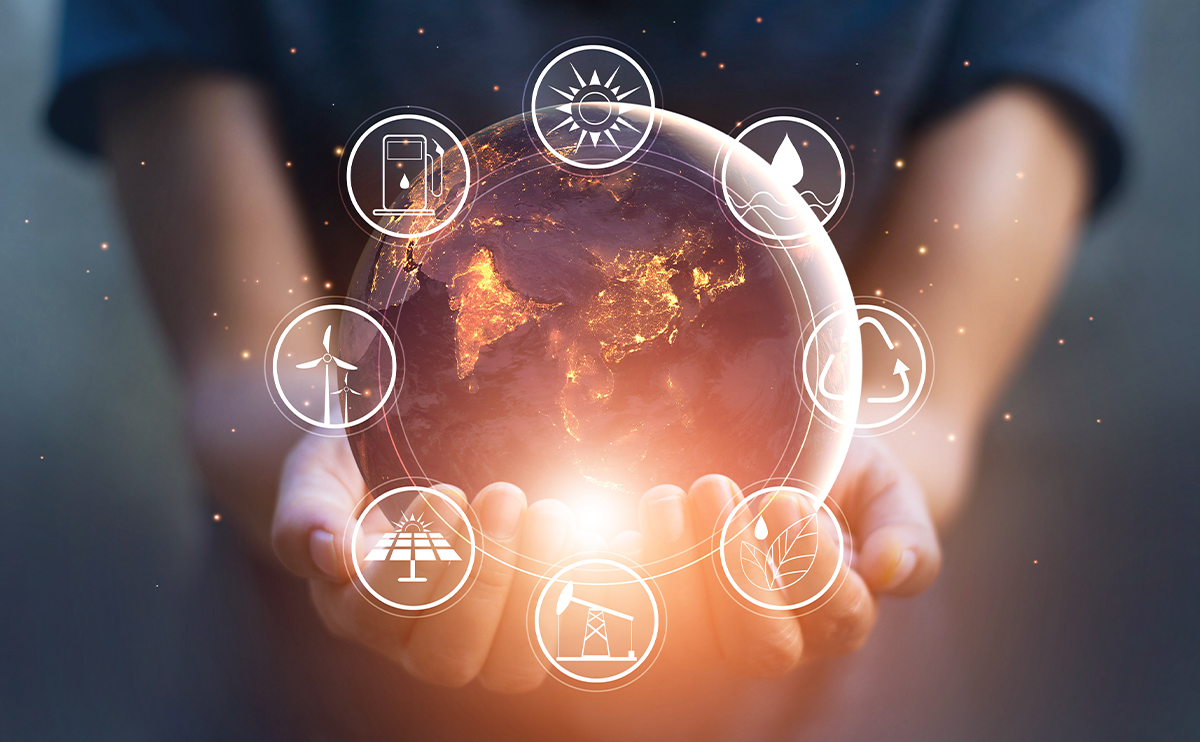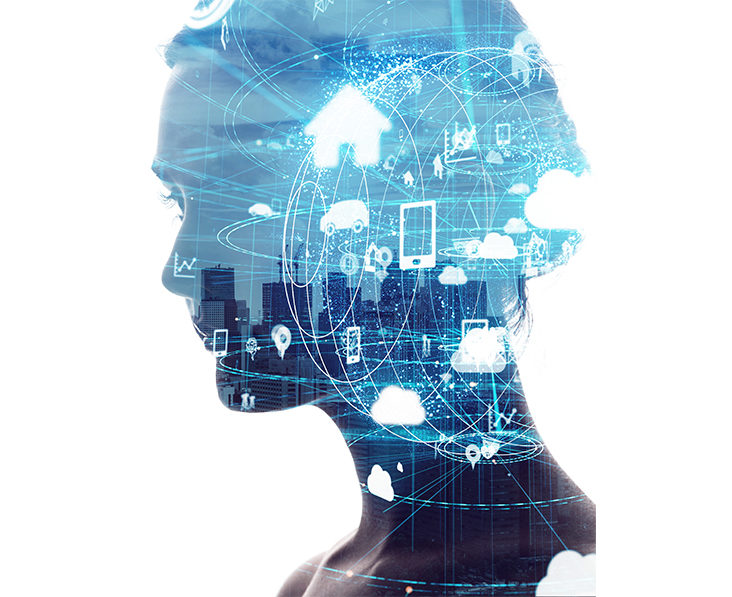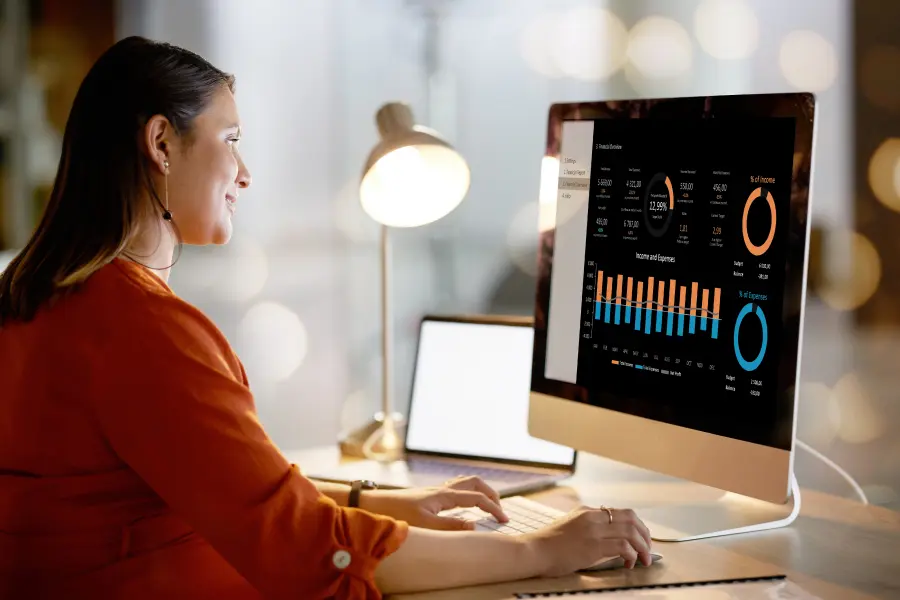
OpenAI for Docket Recognition – AI Research From The Lab
By Dave Timm
November 2023
How good is Docket Recognition in GPT-4 Vision?
Overview
OpenAl has introduced groundbreaking capabilities of image understanding within ChatGPT for Plus and Enterprise users. The cutting-edge image capabilities are driven by multimodal GPT-4. This model leverages advanced reasoning to interpret diverse visual content, including photos, screenshots, and text-image documents. Our focus is on researching and assessing the ability of GPT-4 Vision to analyse image content and provide precise responses to queries.
Key Concepts
Docket recognition means extracting data from dockets, invoices, or receipts, and parsing them to a digital format. Docket content can be printed or handwritten. Our goal was to assess the accuracy of docket recognition using GPT-4 Vision. We compared the accuracy of GPT-4 Vision with Amazon Textract, one of leading cloud-based services for extracting printed and handwritten content. Additionally, we gauged the query-answering capabilities of both services using the same testing dockets.
Deep Dive
We tested on 10 dockets, evenly split between 5 printed and 5 handwritten text samples. Additionally, we evaluated the capabilities of GPT-4 Vision and Textract in addressing 3 questions regarding the content:
- Does this docket contain meal break?
- Is this docket for materials, labour, or plant/ equipment?
- Does this docket have a start and end time?
Notably, while OpenAl has yet to disclose the pricing for GPT-4 image processing, AWS Textract offers a pricing structure of USD 50 per 1000 pages.
Setup & Testing
Our exploration used GPT-4 Vision and Textract to extract key-value pairs from our testing dockets. GPT-4 Vision achieved an 88.3% accuracy rate for handwritten dockets and 93.6% for printed ones. The accuracy of Textract was 50.4% for handwritten dockets and 60.8% for printed ones.
Furthermore, when it comes to answering queries, GPT-4 Vision achieved 100% accuracy, whereas Textract exhibited a range between 0% and 50%, with an average accuracy of 11.7%.
Hitting The Limits
The accessibility of GPT-4 Vision is currently limited to ChatGPT web, iOS, and Android applications. OpenAl does not have API support at present.
Additionally, while GPT-4 Vision excels in extracting printed text, its accuracy in handling handwritten content is slightly lower, reflecting the challenge of interpreting handwritten text, compared to printed text.

What’s Next?
GPT-4 Vision showcases impressive accuracy in text extraction and groundbreaking capabilities in responding to queries from images. The anticipation for API support for GPT-4 Vision is high, as it promises to unlock even more exciting possibilities and applications using this technology.
What’s the verdict?
OpenAI GPT-4 Vision is currently in an early stage, but its demonstrated potential in image comprehension is truly remarkable.
This latest iteration of GPT-4 seamlessly integrates image processing with language understanding, opening up a world of possibilities.
It is clear that docket recognition is just the tip of the iceberg, as this technology holds the promise to revolutionise various applications across industries.
Thanks for checking out our business articles.
If you want to learn more, feel free to reach out to Red Marble AI.
You can click on the "Let's Talk" button on our website or email Dave, our AI expert at d.timm@redmarble.ai.We appreciate your interest and look forward to sharing more with you!
